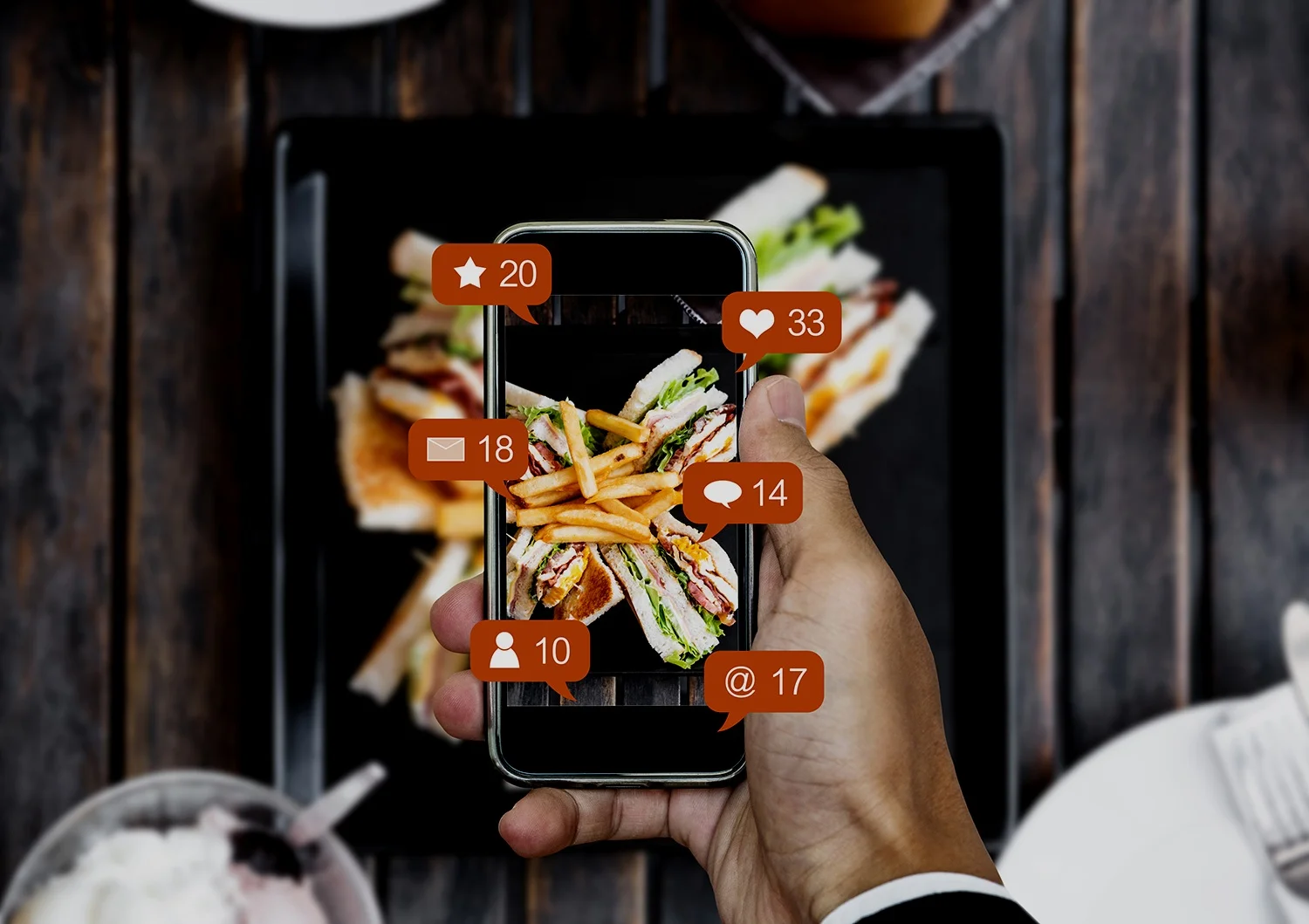By Rodney Laws, Contributor
There’s no getting around it: the past year has been catastrophic for the service industry. There are pockets of it that have done relatively well (some, like food delivery, have thrived), but it’s mostly faced an incredible struggle during the time of COVID-19 lockdowns. Today, as 2021 continues its growth, things aren’t markedly better than they were during the first weeks.
Restaurants in most countries and areas remain closed or at least in extremely reduced capacity restrictions. Bars have been unable to operate. COVID-19 has taken its toll on our industry.
But there’s no changing this — not yet, at least. Unfair and frustrating though it is, bars & restaurants have had the same two options since the beginning: quit or adapt. There’s still money to be made and avenues to be found, even with the world as it currently is. The key to yielding results is creativity. In this post, we’ll consider how you can use creativity to your restaurant’s advantage.
Unique Content Production Can Set You Apart
Simply being good at your core service isn’t enough to get noticed. You need something more: something unique to catch the eye. Content can deliver this. Take KFC, as a great example. Merely having an efficient process of selling chicken wouldn’t be of much interest, but the company has been going far beyond that with odd (and captivating) content. It even produced a Lifetime movie called “A Recipe For Seduction” (yes, it’s a real thing) that made waves through online media and social platforms.
A note, though: if you’re going to invest so heavily in content production, be sure that you’re in a position to reap the benefits through broader monetization. Many businesses have needed to look past their primary sources of revenue in the last year, and you need to do the same by finding whatever will cover your expenses and maybe bring in some profit.
Plenty of service businesses have turned to the production of brand merchandise, and you can do the same. Even a small range of items can prove an effective money-spinner if you’re able to get people behind you (more on that next), and ecommerce is incredibly accessible these days. If you can get your logo on some shirts, why not give it a try? It might work out.
Meanwhile, other restaurants have expanded their delivery service to include more than just their meals, such as groceries, weekly meal plan kits, and alcohol-to-go programs.
Social Media Can Show That You’re Likeable
On the topic of getting people behind you, it isn’t just tentpole pieces of big-budget content that you need to focus on. You also need to use social media to good effect. Social media is great for letting your hair down, so to speak: instead of concentrating rigidly on quality, it allows you to loosen up somewhat and engage with people. It allows you to show your restaurant’s personality.
It has to be done delicately, of course, since social media can so easily turn against you if you say or do the wrong thing— but that’s the nature of the game. If you can come across as likeable in your posts, you can earn a huge amount of goodwill in return for little effort. Not sure what to talk about? More than anything, just be honest about how you’re feeling. Look for ways to connect to people.
Most people are feeling frazzled at this point, and they’re not going to believe you if you seem to be rigidly cheerful, so drop the veil of cold professionalism and show some personality. When someone says something nice about you, thank them warmly. When you happen upon some negative feedback, find the middle ground between disregarding it and prostrating yourself.
Collaborations Can Get Your Name Out There
You don’t need to produce all your content alone, and the great thing about the service industry is that the variety of options (even now) means it’s relatively uncommon for businesses to be in direct competition. A sushi restaurant and a pizza place both want to sell food to hungry customers, but someone who feels like getting one probably won’t care about the other regardless of how differently they come across. If you want pizza, you’ll get pizza.
Due to this, you should think about collaborating with other service businesses — particularly those in your area (who aren’t your clear rivals, yes). Food items are notably easy to combine in interesting ways (again, more on this next), so why not work on a joint product that you can both sell? The sushi restaurant and pizza place could create a fascinating sushi pizza.
Inventive Products Can Get Easy Attention
What’s the fastest way for a fast-food place to get positive attention at this point? Announcing a new product. Hearing that there’s something new, even if it’s only slightly different from what came before it, can easily get the average person to show interest. Usually these products are limited-edition, of course, which only adds to the appeal.
Indie restaurants not in the fast-food segment can still take advantage of limited-time offer (LTO) deals, such as monthly or seasonal food and drinks. It taps into your guests’ FOMO (fear of missing out) while offering them something new and different from the norm.
And the great thing about coming up with creative products is that it doesn’t really matter if they don’t stick. If you throw together a Lockdown Burger that no one cares about, you can just stop making it and come up with something different. Service businesses are far more flexible than many others: they don’t need extensive R&D or prototyping.
So instead of just sticking to what you normally sell, come up with some ideas for freshening things up.










